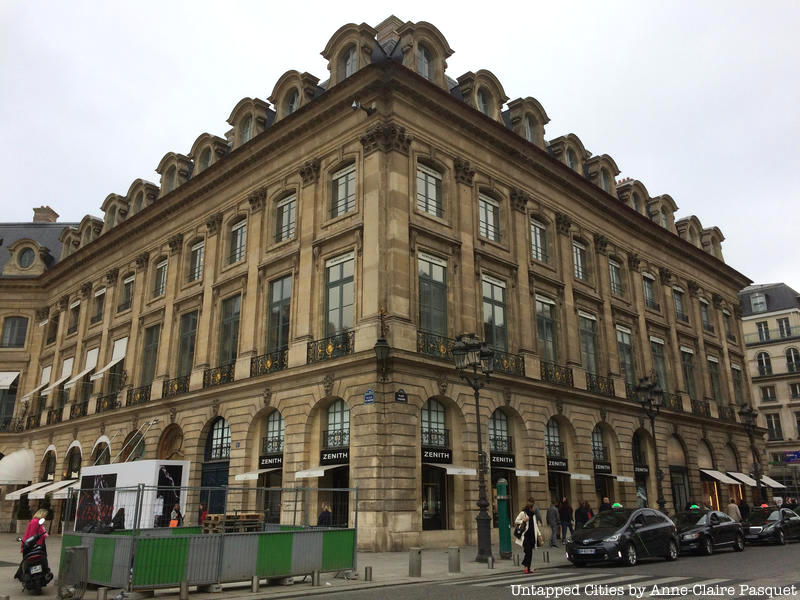The Mona Lisa left its home in the Musée du Louvre during World War II and traveled all over France, moving from one hiding place to the next. Museum curators sent each other secret messages over the BBC; “La Jaconde a le sourire” (“The Mona Lisa is smiling”) meant that the painting had arrived at its clandestine destination safe and sound. In the fall of 1939, the painting rode from Chambord to Louvigny in an armored van flanked by two escort vehicles. A museum curator sat next to the Mona Lisa—which had been carefully packed onto an ambulance stretcher—and watched over her, the way a worried father might watch over his ailing daughter. At some point during the ride, the curator started to feel woozy, and he nearly fainted as he climbed out of the van in Louvigny. His prized companion, however, was still smiling her mysterious smile; she had made it through the trip unharmed.[i]
As it turned out, the curators at the Louvre needn’t have been so concerned. When the Nazis occupied France in 1940, they made no effort to steal artworks from the Louvre or any other national museum[ii]. Instead, they raided private galleries owned by Jewish collectors and dealers. The Nazis stole thousands of artworks from French Jews, ultimately robbing France of more than a third of its privately owned art[iii]. In 1938, Hitler had issued a law stating that every piece of looted art would fall under his direct control. He intended to display works of classical art and antiques in the Führermuseum, a cultural center that he planned to build in his native country, Austria[iv]. Hermann Göring, one of Hitler’s senior officers, also envisioned himself as a sophisticated art connoisseur; despite Hitler’s directive, he kept many of the finest looted artworks for his own personal collection[v]. The Nazis had no interest in modern art—“degenerate art,” as they called it—but stole it anyway with the aim of selling it[vi].
If museums like the Louvre had used their armored cars to rescue people instead of paintings, perhaps some lives could have been saved. As it was, museums packed up their artworks and whisked them away to safety, and the Nazis rounded up Jews and deported them to concentration camps. The looting of Jewish art during World War II happens to be a part of my family history. My great-grandfather, Paul Byk, was a Jewish art dealer who lived and worked in Paris in the 1920s and 1930s, and he was extremely lucky to have been able to move to the U.S. before the war broke out. His cousin and business partner, Jean Seligmann, unfortunately stayed behind in France. The Nazis eventually captured and killed him, and they stole all of the company’s art.
Earlier this week, I spoke with my grandma and her sister and they each told me the story of their father and his cousin during the war. I have done my best to piece together a true account, but no one’s memory is perfect; these events occurred a long time ago, when my grandma and her sister were still growing up. My great-grandfather, Paul, was born in Germany in 1887. When he was a young man, he moved to Paris to help his cousin, Jean, run the family’s art company, Arnold Seligmann, Rey & Co. The company dealt in art and antiques from the 17th and 18th centuries, including works by Francisco Goya, Frans Hals and Jean-Honoré Fragonard. Their collection consisted of paintings, engravings, statuettes, furniture, tapestries and clocks, among other forms of decorative art. My great-grandfather had clients all over Europe and the U.S., and occasionally did business with celebrities like William Randolph Hearst and Greta Garbo. In the 1920s and ’30s, he traveled back and forth between New York and Paris, where he worked out of their office at 23 Place Vendôme.
In 1939, right before the war broke out, my great-grandfather decided to leave Paris for good. Paul and his family traveled to New York on the SS Champlain, a ship that was torpedoed by the Germans later on in the war. Paul’s cousin, Jean, also fled Paris; my great-aunt believes he took refuge in a safer part of France. Jean’s wife, however, stayed in Paris with their children; she wasn’t Jewish, so they weren’t in danger. According to my great-aunt, Jean couldn’t bear to be apart from his wife, so he snuck back into Paris before the war was over. He might have survived if the family’s maid hadn’t given him away to the authorities; in 1941, the Nazis captured him and brought him to the Prison du Cherche-Midi, a French military prison in Paris that the Nazis used to house and execute political prisoners during the war. They tortured Jean at Cherche-Midi until, eventually, they shot him.
The Nazis also stole much of the art in the company’s collection. They stored it—carefully sorted and labeled—in a mine in Germany. My great-grandfather mentioned the theft in a letter to his client, William Randolph Hearst: “Our [Paris] place….has been Aryanized and a lot of our valuable antiques have been taken over by the Germans….Our London place has been bombed.”[viii]
On the day of his execution, at 3 a.m., Jean wrote a letter to my great-grandfather on a scrap of brown paper. No one knows for certain how the note reached Paul, but my great-aunt suspects that Jean bribed one of the prison guards to send it. My great-aunt still has the note. The message, written in pencil, has faded over time, but the last line is clear: “Adieu, I embrace you for the last time.”
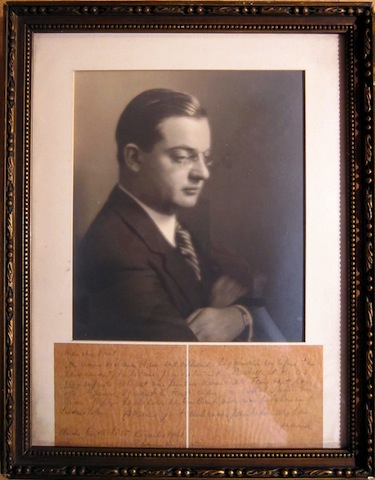
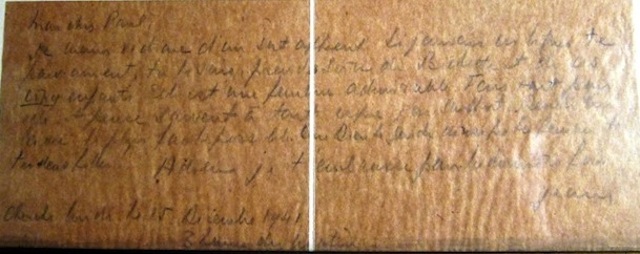
After the war, the Allies set out to recover the artwork looted by the Nazis. The “Monument Men,” civilians and service members belonging to the Monuments, Fine Arts and Archives initiative (MFAA), found art hidden in caves, castles and salt mines all over Germany, Austria and Italy. Only a fraction of the looted art was reclaimed, however, as many of the rightful owners had been killed in the Holocaust; today, thousands of unclaimed works still belong to museums all over the world. Some people have argued that museum curators haven’t made enough of an effort to identify stolen works in their collection and return them to the living relatives of their rightful owners. In 1998, roughly 100 French museums responded to this criticism by hosting a series of exhibitions in which they displayed their Nazi-looted works; Philippe Douste-Blazy, the Minister of Culture at the time, explained that he wanted “to show that the reality is much more complex than rumors that say French museums have hidden ‘treasures’ stolen from Jewish families by the Nazis.”[ix]
The Musée du Louvre, alone, houses more than a thousand Nazi-looted works of art[x]. The only indicator of these paintings’ murky provenance is the acronym typed on the accompanying wall labels: MNR, for Musées Nationaux Récupération (National Museums Recovery)[xi]. Alone, the letters are so vague and obscure that one might even wonder whether the museum still feels uncomfortable drawing attention to the issue. No matter what the Louvre’s motives are, it is clear that the museum has missed an opportunity to honor the memories of the works’ original owners.
Be sure to read Untapped Cities’ article about the Musée Nissim de Camondo, housed in the former home of a family of Jewish art collectors. The family donated their collection to France before they were deported and killed at Auschwitz; their house and art are preserved exactly as they left it.
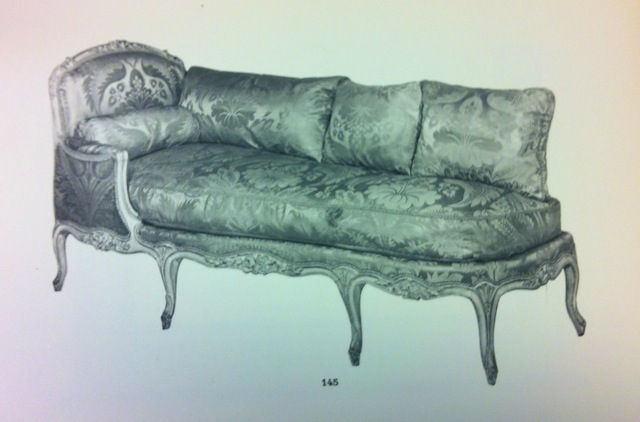

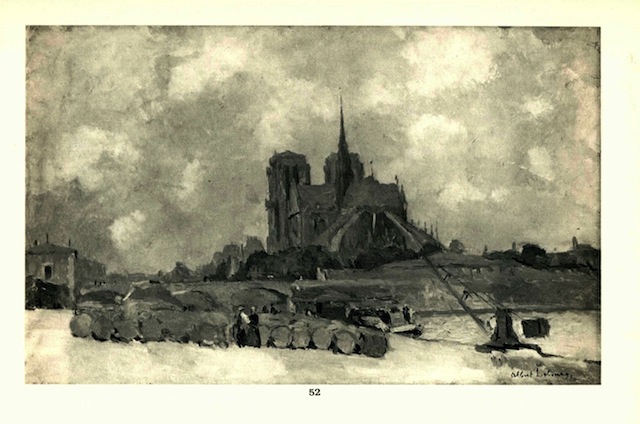
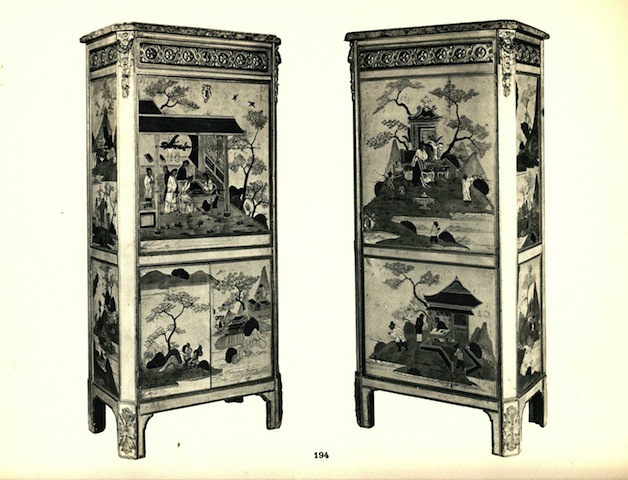
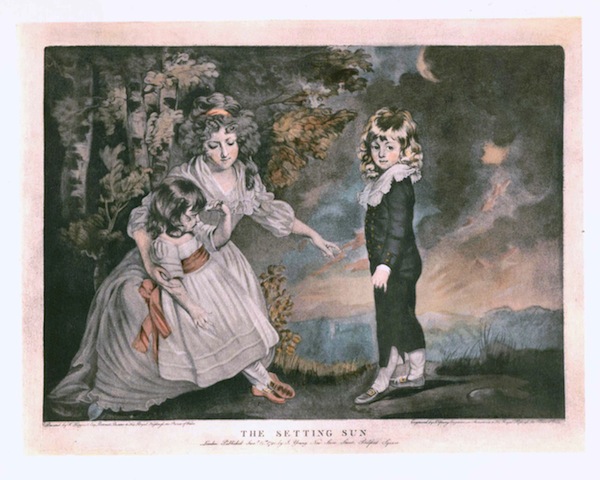
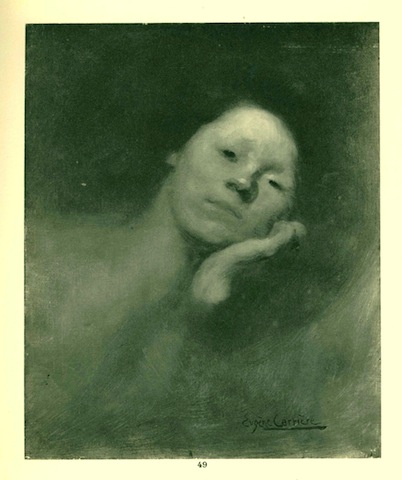
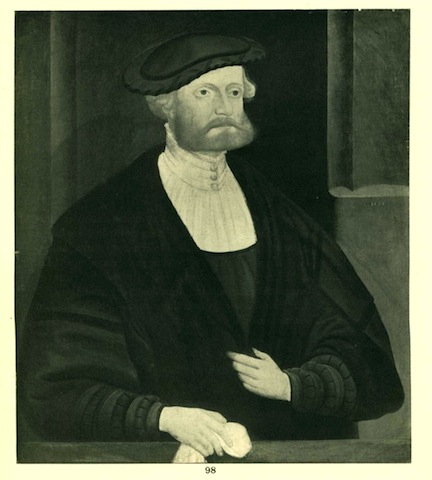
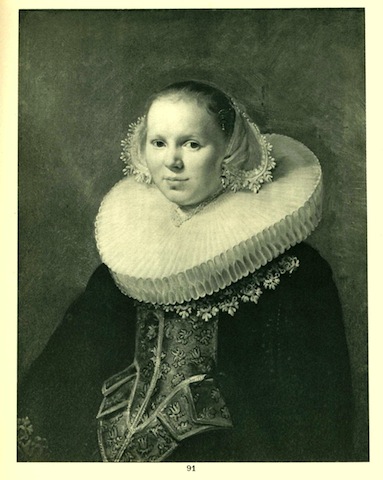
[i] Lynn H. Nicholas, The Rape of Europa: the Fate of Europe’s Treasures in the Third Reich and the Second World War (Vintage, 1995): 88.
[ii] Sarah Houghteling, “Hunting for Looted Art in Paris,” New York Times (November, 2010).
[iii] Houghteling, “Hunting for Looted Art in Paris.”
[iv] Michael J Kurtz, America and the Return of Nazi Contraband: The Recovery of Europe’s Cultural Treasures (Cambridge: Cambridge University Press, 2006): 20.
[v] Kurtz, America and the Return of Nazi Contraband: 21.
[vi] Barbara Pash, “Art of the Matter: Willy Korte’s mission is to recover Jewish-owned artworks looted by the Nazis during World War II,” Baltimore Jewish Times (March 14, 1997).
[vii] Germain Seligman, Merchants of Art: Eighty Years of Professional Collecting (New York: Appleton-Century-Crofts Inc., 1961): 233.
[viii] Letter to Hearst, July 9, 1941, Hearst Papers 40:20.
[ix] Gail Russell Chaddock, “To Quell Doubts, France Exhibits Nazi-Looted Art,” The Christian Science Monitor (April 8, 1997).
[x] Houghteling, “Hunting for Looted Art in Paris.”
[xi] Houghteling, “Hunting for Looted Art in Paris.”






